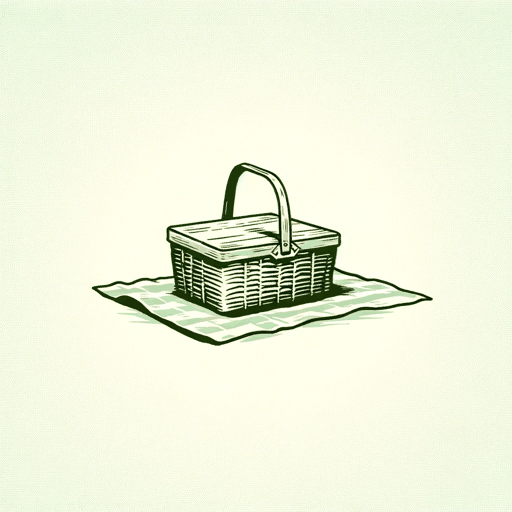36 pages • 1 hour read
William IngePicnic
Fiction | Play | Adult | Published in 1953A modern alternative to SparkNotes and CliffsNotes, SuperSummary offers high-quality Study Guides with detailed chapter summaries and analysis of major themes, characters, and more.
Themes
Class Disparity and the American Dream
After World War II, the golden age of American capitalism began, due in large part to government spending on infrastructure. With the growth of the middle class came a rise in consumerism and an emphasis on materialism as a core social value. The original understanding of the American Dream, as first articulated in 1931 by James Truslow Adams, was based on equal opportunity for all people to succeed to their highest potential regardless of the circumstances of their birth. The older generation of adults in the play, such as Flo and Helen, embody this attitude. They have experienced the extreme poverty of the Great Depression and then the rationing and lack of resources caused by World War II. Flo herself fought her way out of poverty with two young girls, attaining respectable, if modest, financial status. She sees Alan Seymour as a desirable husband for Madge because of his family’s wealth and the stability that wealth provides.
By contrast, Alan himself symbolizes the new version of the American Dream that emerged after World War II. After the housing shortages and destitution of the Depression, the American Dream became centered on home ownership and the financial means to outfit that home with modern material goods such as televisions and cars.


